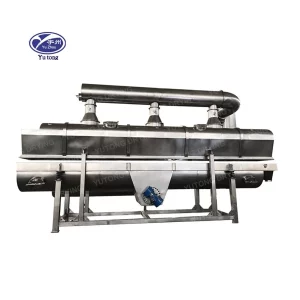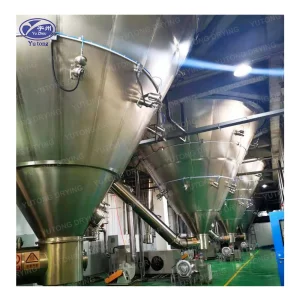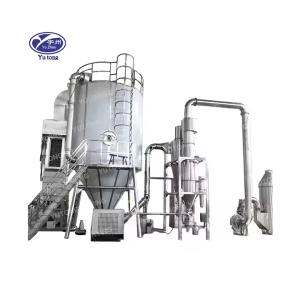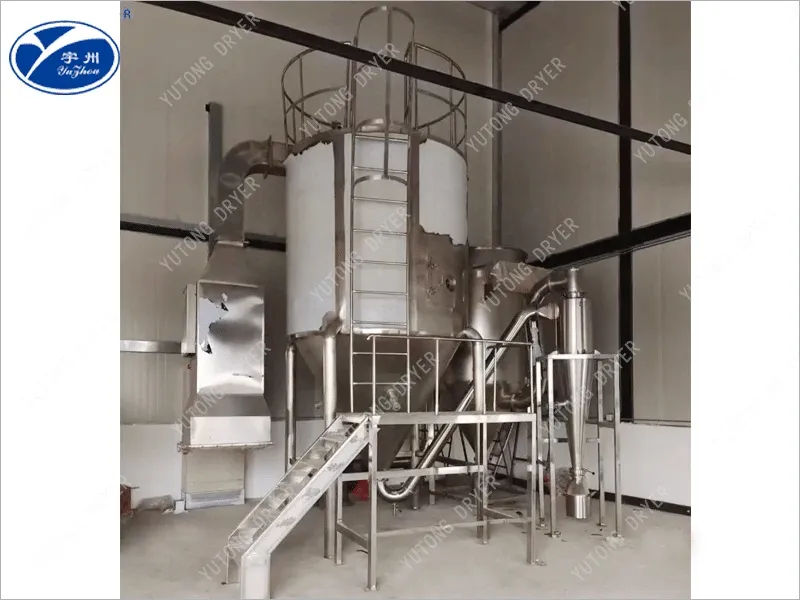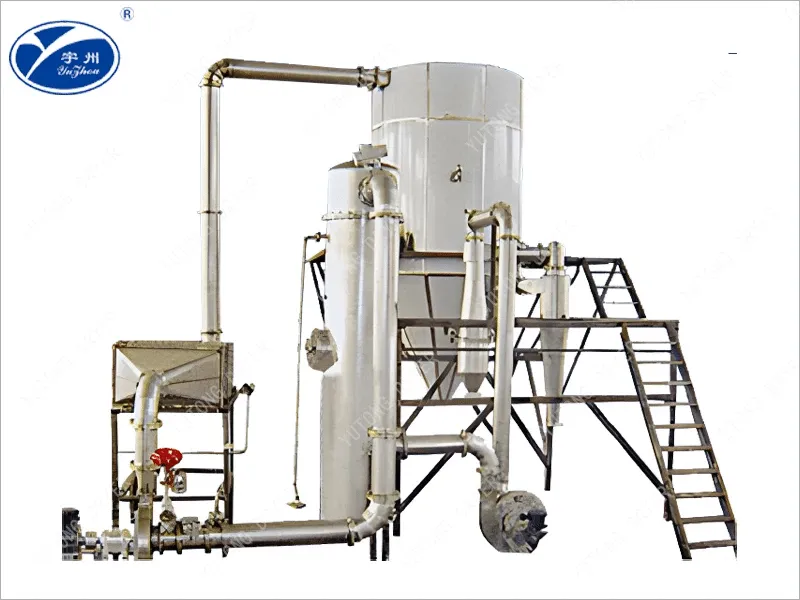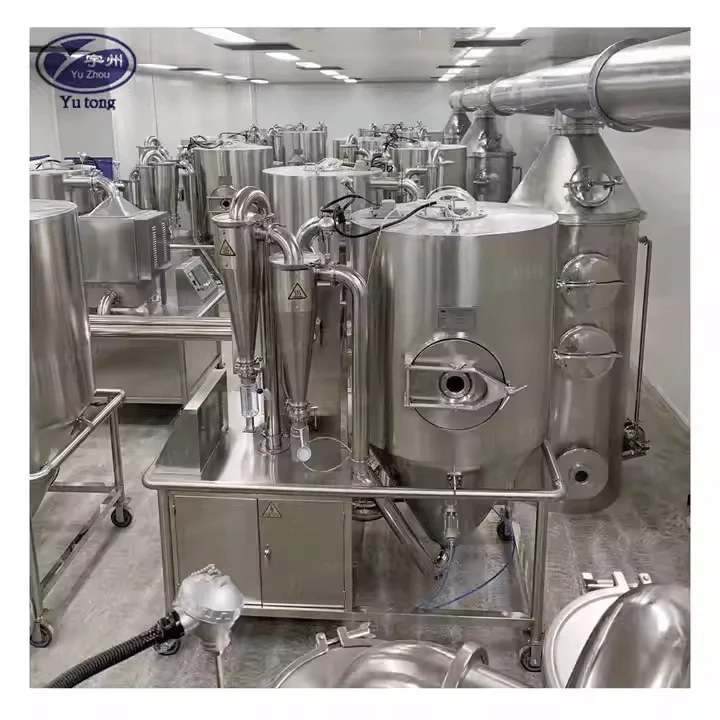Spray dryers play a crucial role in various industries, from food processing to pharmaceuticals, by converting liquid substances into dry powders. Ensuring these machines operate efficiently and safely is paramount, which is where spray dryer testing techniques come into play. In this guide, we’ll delve into the essential methods and practices for testing and inspecting spray dryers to maintain their optimal functionality.
Spray dryer testing is a critical process that involves assessing the operational and structural integrity of the dryer. Regular testing can help identify potential issues before they lead to costly repairs or operational downtime. The testing process typically involves various techniques, each designed to evaluate different aspects of the dryer’s performance and condition.
Why Conduct Spray Dryer Testing?
- Ensure Efficiency: Regular testing helps maintain the efficiency of the spray dryer by ensuring all components function correctly.
- Safety Assurance: Detecting and addressing faults early prevents accidents and ensures the safety of operations.
- Extend Equipment Life: Routine inspections and maintenance extend the operational life of the spray dryer.
- Compliance: Many industries require regular validation to comply with safety and quality standards.
Key Spray Dryer Testing Techniques
Visual Inspection
A visual inspection is often the first step in the testing process. This involves carefully examining the spray dryer for any visible signs of wear and tear, such as cracks, corrosion, or leaks. Regular visual inspections can help spot potential issues early.
Crack Testing
Crack testing is a specialized technique used to detect structural weaknesses in the spray dryer. This is crucial as cracks can compromise the integrity of the equipment, leading to potential failures. Methods such as dye penetrant inspection or magnetic particle inspection are commonly used for crack detection.
Performance Testing
Performance testing involves evaluating the operational efficiency of the spray dryer. This includes measuring the output rate, analyzing the consistency of the powder produced, and checking energy consumption levels. Any deviations from standard performance metrics can indicate underlying issues that need addressing.
Validation Testing
Validation testing ensures that the spray dryer operates according to the required specifications and standards. This process involves detailed documentation and testing of every aspect of the dryer’s operation, from temperature settings to spray patterns, ensuring compliance with industry regulations.
Advanced Inspection Services
For comprehensive assessments, specialized spray dryer inspection services can provide more detailed analyses. These services often employ advanced diagnostic tools and techniques to examine the equipment thoroughly. Some of the advanced inspection methods include:
Non-Destructive Testing (NDT)
Non-destructive testing methods allow for thorough inspection without causing damage to the equipment. Techniques like ultrasonic testing or radiographic testing are used to detect internal flaws or weaknesses that are not visible during a visual inspection.
Thermographic Inspection
Thermographic inspection uses infrared technology to detect heat patterns and anomalies in the spray dryer. This method is effective in identifying areas of heat loss or irregular temperature distribution, which can impact the dryer’s efficiency.
Vibration Analysis
Vibration analysis helps detect mechanical issues within the spray dryer. By measuring vibration levels, technicians can identify imbalances, misalignments, or worn components that may affect performance.
Scheduling Regular Testing
Regular testing and maintenance schedules are crucial for ensuring the long-term functionality of spray dryers. Depending on the usage and environmental conditions, testing intervals can vary. However, a general guideline is to conduct a full inspection at least annually, with more frequent checks for high-use or critical operations.
Developing a Maintenance Plan
- Create a Checklist: Develop a comprehensive checklist that covers all aspects of the spray dryer testing process.
- Set a Schedule: Establish a regular schedule for inspections and tests, ensuring that no aspect of the dryer is overlooked.
- Record Keeping: Maintain detailed records of all tests and inspections, including results and any maintenance performed. This documentation is vital for tracking the condition of the equipment and planning future maintenance.
خاتمة
Spray dryer testing is an essential part of maintaining the efficiency, safety, and longevity of these critical machines. By employing a combination of visual inspections, crack testing, performance evaluations, and advanced diagnostics, operators can ensure that their spray dryers remain in top condition. Regular testing not only helps prevent costly downtime and repairs but also ensures compliance with industry standards and safety regulations.
Investing in thorough testing and inspection services can yield significant returns by extending the life of the equipment and enhancing overall operational efficiency. By following the guidelines and techniques outlined in this guide, you can confidently maintain your spray dryer’s performance and reliability.


